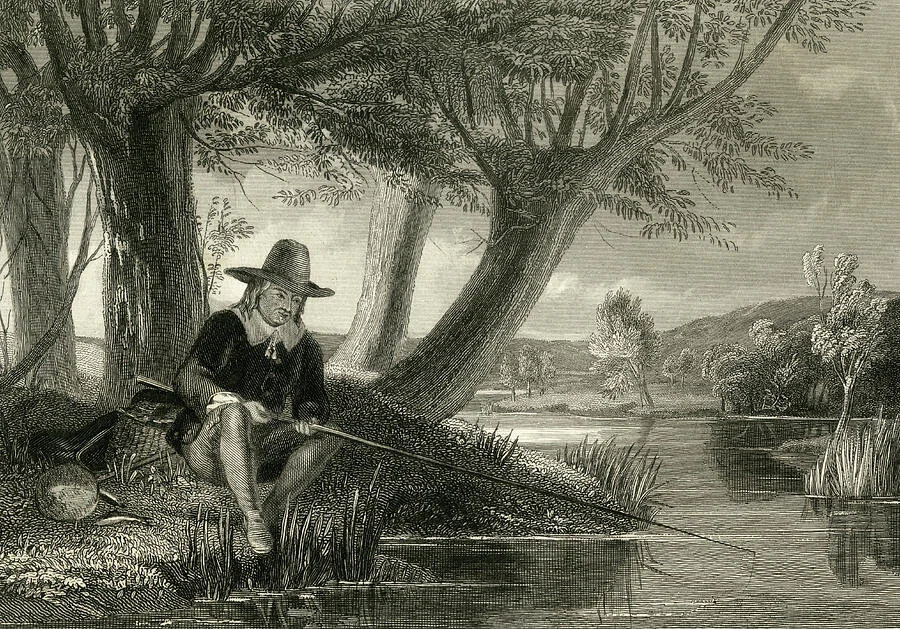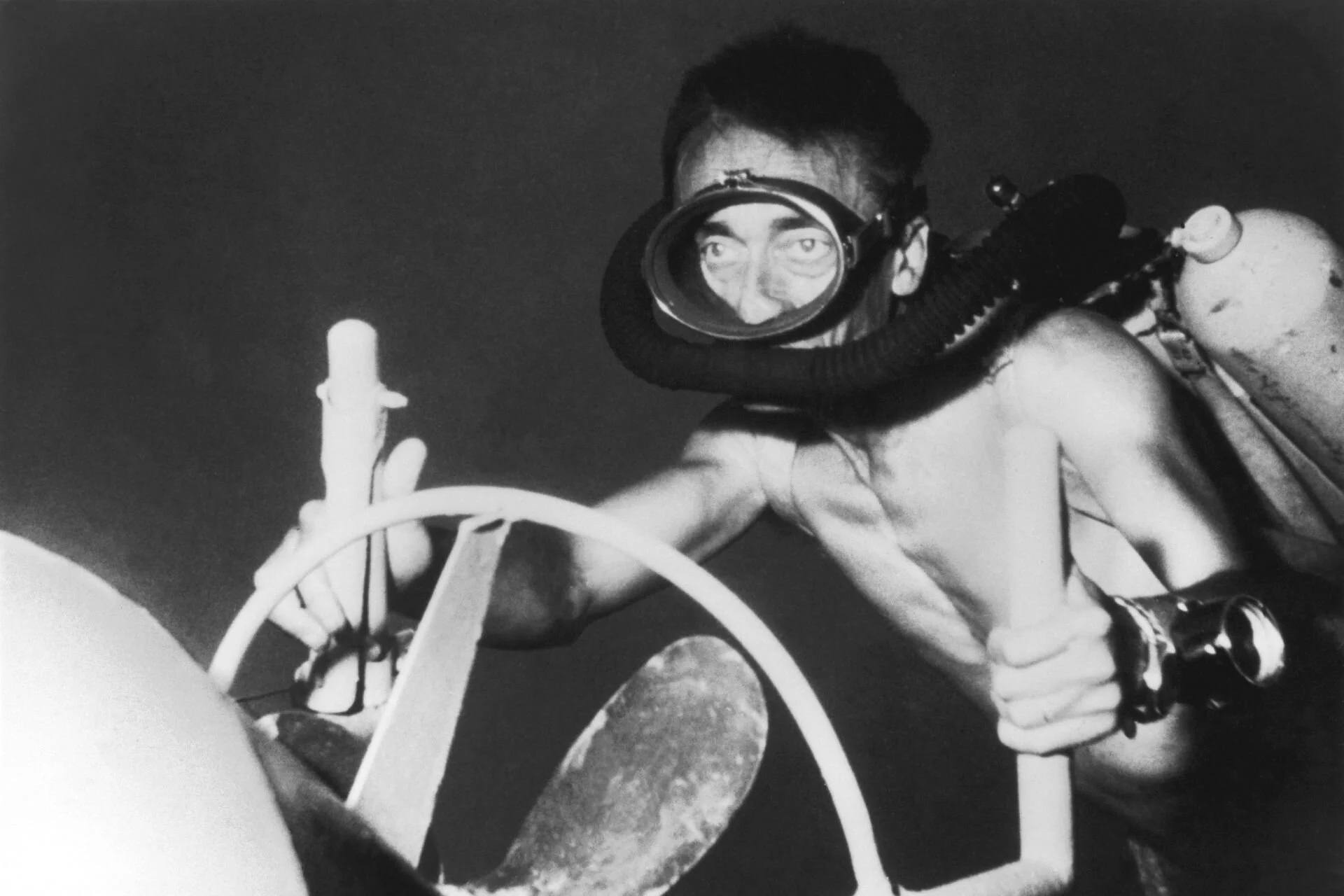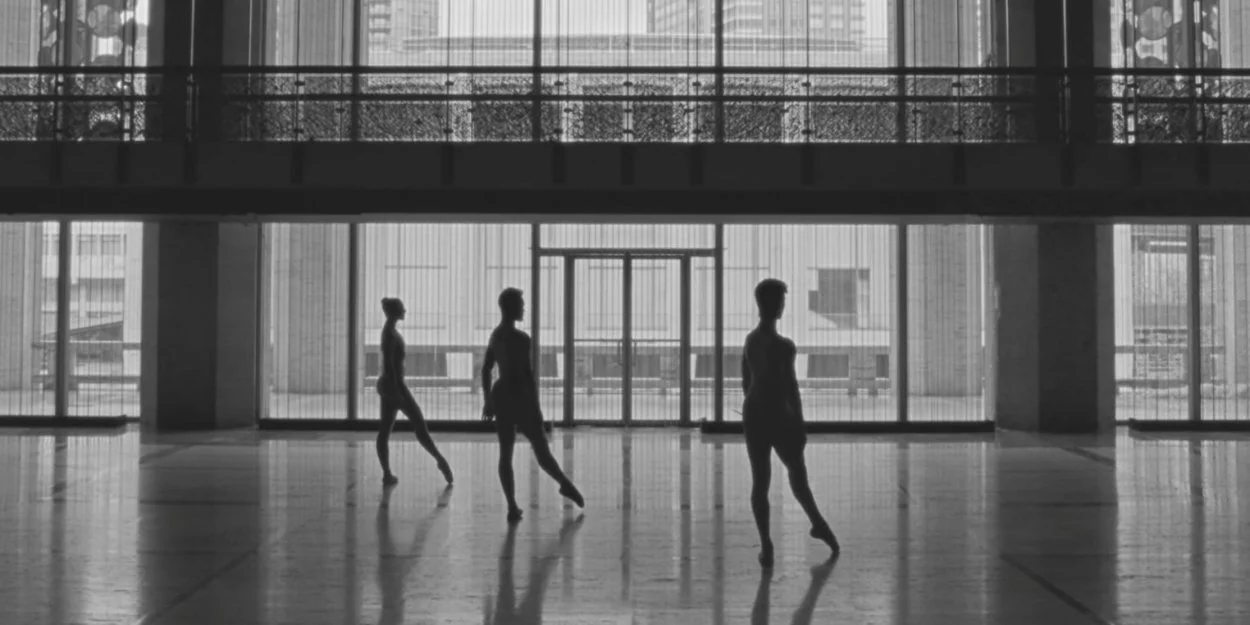THE NEW CRITERION, June 2021
The Right Angle
On Izaak Walton’s The Compleat Angler
After the Bible and Shakespeare, one of the most reproduced books in the English language is Izaak Walton’s The Compleat Angler. No surprise there: the seventeenth-century fishing how-to is as alluring today as when it was written. Walton’s understanding of the behavior of freshwater fish remains remarkable for the depth of his acuity and the intimacy of his language. No one else could describe a trout or a pike or a perch in such living terms as Walton. Published amid the turmoil of the Interregnum, the book also offers an escape from the failings of man into a more companionable world of fish and freedom, a particularly English freedom revealed in Walton’s observations and candor. Whether as a “Brother of the Angle” or mere “Pretender,” rare is the reader not hooked by this “Compleat” discourse on, as its subtitle suggests, the “Contemplative Man’s Recreation.”
Walton sets Angler as an extended “Conference betwixt” a fisherman (Piscator), a hunter (Venator), and a falconer (Auceps): “You are well overtaken, Gentlemen!,” Piscator begins. “A good morning to you both! I have stretched my legs up Tottenham-hill to overtake you, hoping your business may occasion you towards Ware, whither I am going this fine fresh May morning.”
The three become confiding friends who soon reveal that complaints about fishing are nothing new. Venator says that he has “heard many merry Huntsmen make sport and scoff at Anglers.” Auceps admits that he too has “heard many grave, serious men pity them, ’tis such a heavy, contemptible, dull recreation.” As each sportsman proceeds in “commending his recreation,” Piscator sets the hook for reeling in his audience to the joys of angling:
O, Sir, doubt not but that Angling is an Art; is it not an Art to deceive a Trout with an artificial Flie? a Trout! that is more sharp-sighted than any Hawk you have nam’d, and more watchful and timorous than your high mettled Marlin is bold?
A Trout! For most, a fish is a fish, but Walton makes a friend of his forage as great fishermen do. He respects the mind and manners of his creel as he would a visitor and guest.
Piscator goes into an extended consideration of the connections between fishiness and Godliness, one that should leave the reader with little doubt that the one true church is waterside and the one mode of veneration is angling. Of the twelve Apostles, Jesus “chose four that were simple fishermen,” as Walton writes. Not only that, but “when our blessed Saviour went up into the mount, when he left the rest of his disciples, and chose only three to bear him company at his Transfiguration, that those three were all Fishermen.” Why fishermen? Because “he found that the hearts of such men, by nature, were fitted for contemplation and quietnesse; men of mild, and sweet, and peaceable spirits, as indeed most Anglers are.”
The hook is clearly set. As if there were any lingering doubt of a fisherman’s divine favor, “I might tell you that Almighty God is said to have spoken to a Fish, but never to a Beast; that he hath made a Whale a Ship, to carry and set his Prophet Jonah safe on the appointed shore.” In this extensive dialogue on the life aquatic, Walton’s discourse suggests that Melville’s latter-day fish tale may have been another product of The Compleat Angler’s influence.
Mixed in with many discussions of flies and worms, of just where to set the hook and when to reel it in, are Walton’s affecting chapters on fish species: The salmon is “accounted the King of freshwater fish”; the tench is the “Physician of Fishes”; the perch is a “very good, and very bold biting fish”; the eel is the “most daintie fish . . . The Queen of palat pleasure”; and the carp is the “Queen of Rivers; a stately, a good, and a very subtil fish.” We learn such details that “in Italy they make great profit of the spawn of Carps, by selling it to the Jews, who make it into red Caviare; the Jews not being by their Law admitted to eat of Caviare made of the Sturgeon, that being a Fish that wants scales, and (as may appear in Levit. 11.) by them reputed to be unclean.” As for the trout, “He may be justly said, as the old poet said of wine, and we English say of venison, to be a generous fish.” Pikes, meanwhile, are “maintained by the death of so many other Fish, even those of their own kind.” This apex predator is the “Tyrant of the rivers, or the Fresh-water wolf, by reason of his bold, greedy, devouring, disposition; which is so keen.” As for just what to do with such a “solitary, melancholy and a bold Fish,” Walton offers up a recipe:
First, open your Pike at the gills, and if need be, cut also a little slit towards the belly; out of these, take his guts, and keep his liver, which you are to shred very small with Time, Sweet-Marjoram, and a little Winter-savoury; to these put some pickled Oysters, and some Anchovies, two or three; both these last whole (for the Anchovies will melt, and the Oysters should not) to these, you must add also a pound of sweet butter, which you are to mix with the herbs that are shred, and let them all be well salted.
The recipe continues on from there. Walton truly set out to make his Angler “Compleat,” resulting in an amiable book that is a tackle box of information.
The title page to the first edition of The Compleat Angler.
Born around 1593, in the town of Stafford in the English West Midlands, Walton was a staunch Royalist whose works and deeds looked back to the pastoral age of his Jacobean youth. He published the first edition of The Compleat Angler in 1653, “in the most troubled years of the early Commonwealth,” writes John Buchan, who edited a 1901 edition of the work, in his introduction. Through 1676, Walton revised and updated his treatise in five editions. In addition to Angler, he also wrote several “Lives,” such as the one of his friend John Donne. Buchan describes these biographies as “all with this old-world, Jacobean flavour, churchmen all, members of the church quiescent, devout, learned.”
As a young tradesman, Walton ran a small shop in London’s Fleet Street, but Royalist losses pushed him back out to the countryside—as it happens, to a small plot by a stream. Here, “few long lives have been so free from conspicuous misfortune,” Buchan observed. “He had sorrow in his own family, and to one of his peculiar temperament the Royalist reverses must have come as real afflictions. But in the main he lived his easy life of books and angling undisturbed.”
In one episode, Walton was entrusted with a royal jewel known as the “lesser George,” which he secreted away from Cromwell’s London until the Restoration. Otherwise he was a “man of letters pure and simple,” Buchan notes, “the main incidents in his career are the dates of his book, and any attempt at biography is a monotonous chronicle.” In writing his introduction, as the author of spy thrillers, Buchan might have wanted a little more out of his subject. Instead Walton lived out ninety years surrounded by friends of “quietistic temperament,” for which the “strong rude wind of the outer world rarely disturbed those peaceful dovecotes; gentle meditation, mild and sincere devotion, innocent pleasures—such was the order of their days.” Upon his death in 1683, Walton left his cottage, now a museum, to the benefit of his Stafford neighbors so that it might generate income “to buy coals for some poor people that should have most need thereof in the said town.”
Walton wrote as impeccably as he lived. His Angler was not the first fishing book, but it was the one to breathe that “very spirit of innocence, purity, and simplicity of heart,” commented Charles Lamb: “It would sweeten a man’s temper at any time to read it.” Wordsworth dedicated two sonnets to “Walton, sage benign.” Walter Scott wrote that Walton “had so true an eye for nature,” but only wishes he had “made this northern tour” to Scotland. The 1911 Encyclopædia Britannica stated, “There is hardly a name in English literature, even of the first rank, whose immortality is more secure, or whose personality is the subject of a more devoted cult.” Buchan concurred, noting that “The Angler has been so praised for centuries that a modern writer must refrain from eulogy and seek only the bare phrases of justice.”
In the sixteenth century, the Swiss naturalist Conrad Gessner published his 4,500-page, four-volume encyclopedia of the animal world to which Walton often refers. A 1577 book called The Arte of Angling, which was only rediscovered in partial text in the 1950s, carries more than a few similarities to Walton’s own, signaling likely source material. Yet no other nature writer quite “seems always to speak with the living voice,” as Buchan notes, “and it is the living voice that is wanted in a country book.”
Through its “deftness of phrase, the use of mellifluous words, the pleasant cadence of the sentences,” Buchan writes, The Compleat Angler “remains a model of ease and charm.” The “beginning of true angling literature,” the book was the “first to give the sport a halo of letters which it has never lost.” More than a “quaint medley,” Angler in its own day was the “most valuable treatise on the practice of the art, and that still it is not wholly superseded.” But Walton also offers fishing as philosophy and meditation. For Part II of The Compleat Angler, which appeared with the fifth edition,Walton’s friend Charles Cotton extended the franchise by writing a longer discourse on fly fishing: “Here’s a Trout has taken my Flie,” a newbie fisherman laments at one point. “I had rather have lost a Crown. What luck’s this! He was a lovely Fish, and turn’d up a side like a Salmon.” To which Piscator responds: “O Sir, this is a War where you sometimes win, and must sometimes expect to loose. Never concern your self for the loss of your Flie; for ten to one I teach you to make a better.” After all, as Walton writes,
he that hopes to be a good Angler must not only bring an inquiring, searching, observing wit; but he must bring a large measure of hope and patience, and a love and propensity to the Art it self; but having once got and practis’d it, then doubt not but Angling will prove to be so pleasant, that it will prove to be, like Vertue, a reward to it self.
In our own time of troubles, Walton continues to unfold, as Buchan wrote, the “heart and soul of the angler—not necessarily the sportsman, but the angler—a man who loves books as well as his art, who sees nature through the glass of culture, the townsman and the gentleman.” I have not been alone in taking up a renewed interest in fishing over this pandemic year. My Connecticut bait shop still speaks of the “great minnow shortage” of 2020 as more of us became a “Brother”—and Sister—“of the Angle.” Walton is therefore a writer for our age, a needed addition to the pockets of fishermen and non-fishermen alike. “We may say of angling, as Dr. Boteler said of Strawberries, Doubtless God could have made a better berry, but doubtless God never did,” Walton concludes, “and so (if I might be judge) God never did make a more calm, quiet, innocent recreation than Angling”—just as no other writer made such a book about the angle.





